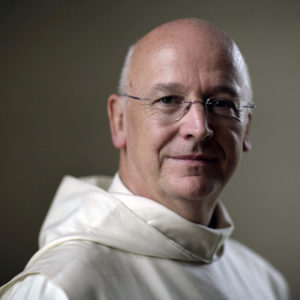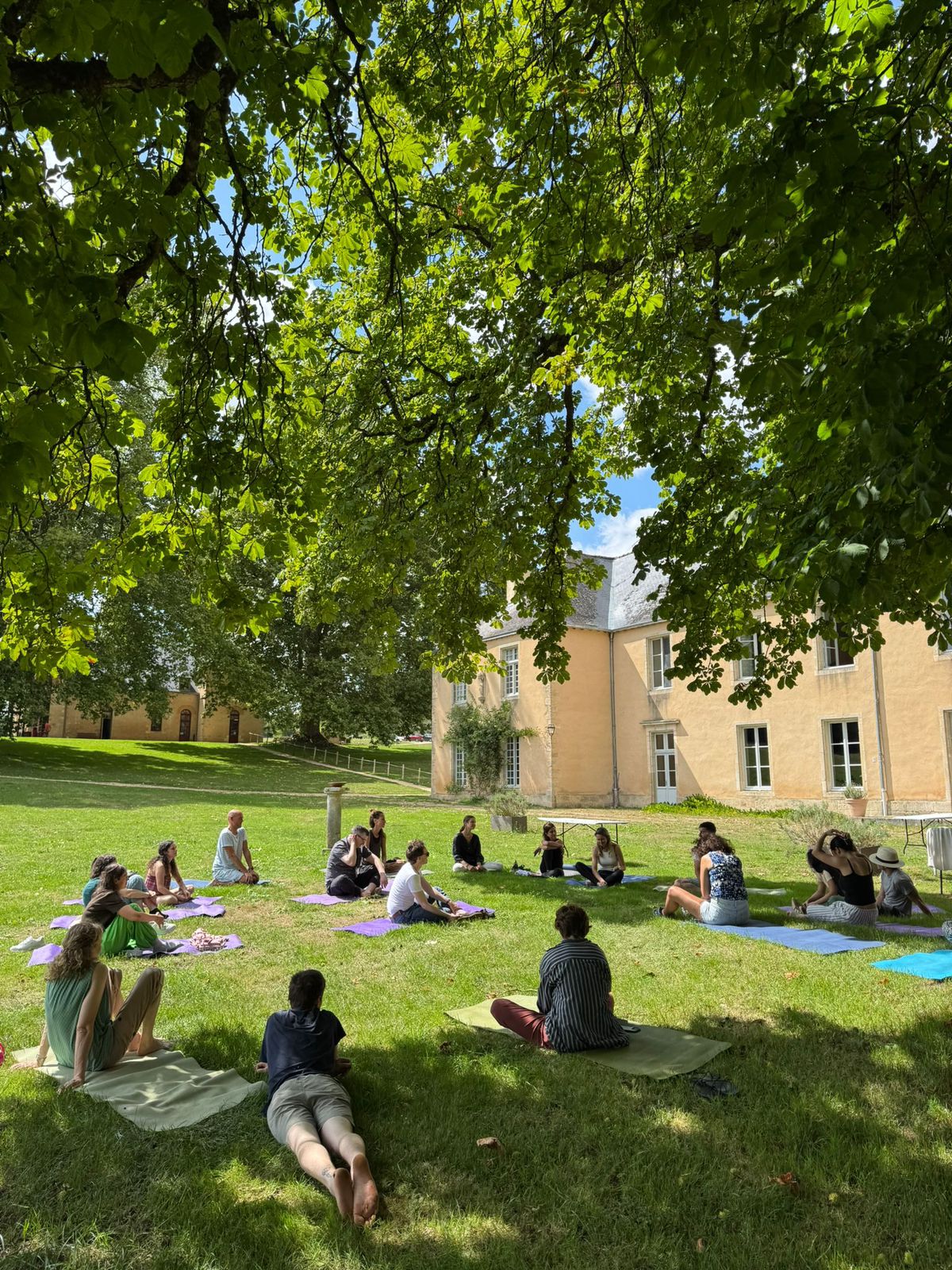The first time I entered a monastic cloister I was six years old. I was accompanying my mother for an interview at the Benedictine school where I would receive my primary and secondary education. We had unknowingly wandered into the cloister but when we were spotted by an old monk coming down the stairs he reacted as if the monastery had been set on fire by Barbarian invaders. A woman in the cloister!
St Benedict recognises in his Rule that there are different kinds of monks. He focuses on those choosing to live a regular life in community under an abbot; but he sees it as a training for a more mature form of solitary life of which there are also many forms. He called his Rule ‘a little rule for beginners’. Its last chapter says that the ‘full observance of justice is not contained in this rule’. Nevertheless, the Benedictine Rule became the norm for western monasticism and helped shape the church, education and all the main institutions of Europe for a millennium. Christian monks were first recorded three centuries before Benedict in Egypt and Syria and he was strongly influenced by their teaching through the Desert Fathers and John Cassian’s Conferences.
But a direct link between these early eastern forms of the monastic archetype existed with the Celtic lands as early as the fifth century. In Ireland and Scotland especially, a very different form of monastic culture and spirituality flourished until they eventually fell under the centralised impulse of Rome and were absorbed.
The Celtic monastery was like a small village, with strong family networks and concentric circles of members living together. Closest to the oratory were the cells of the ascetics. But all levels of its members were called ‘monks’. This more inclusive Celtic cloister placed less emphasis than Benedict’s Rule on physical stability. Irish monks became, as Benedict’s heirs were to do much later, great missionaries and evangelists. Irish monasteries were international centres of learning as well as famed for their great saints like Columba, founder of Iona and Aidan, founder of Lindisfarne.
Benedict founded fourteen lay monastic communities in his lifetime with no apparent intention of starting an ‘Order’. In fact, to this day Benedictines do not form an order in the canonical sense. Benedict was a not a priest and his monks were rarely clerics. The clericalization of monasticism came much later. So, for all the differences between Benedictine and Celtic monasticism they had more in common than the later medieval monastic institutions that now form our stereotype image.
All this is of much more than antiquarian interest because the timeless monastic spirit is today developing many new expressions. These new branches of the same ‘tree of life’ of how to live ‘truly seeking God’ are of immense potential value for a culture that has lost its connection with spiritual realities and is consequently becoming dehumanised.

the Rule of St Benedict presented by Fr John
John Main was a monk of the 20th century who lived and believed deeply in the capacity of monastic life to revive and renew Christianity and society. His roots were in the Irish tradition, his formation in the Benedictine. His life and teaching integrated them in creative and courageous ways. So, on this feast we remember what he has given to future generations through the World Community for Christian Meditation – a ‘monastery without walls’. We will be celebrating it here in Bonnevaux today as the spiritual home of this new kind of cloister – the cloister of the heart – which Fr John’s transmission of the gift of Christian meditation has helped so many of us to rediscover and find peace in.
Only one side remains of the original cloister of the monastery founded at Bonnevaux 900 years ago. The other three have been carried beyond sight into the global mystery of the indwelling Christ.

Happy Feast!





